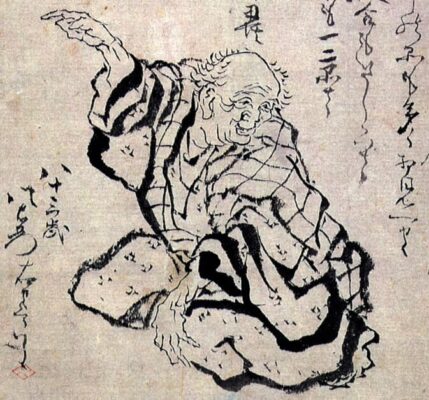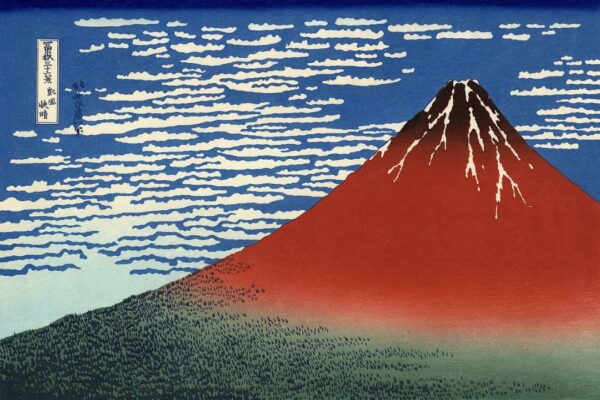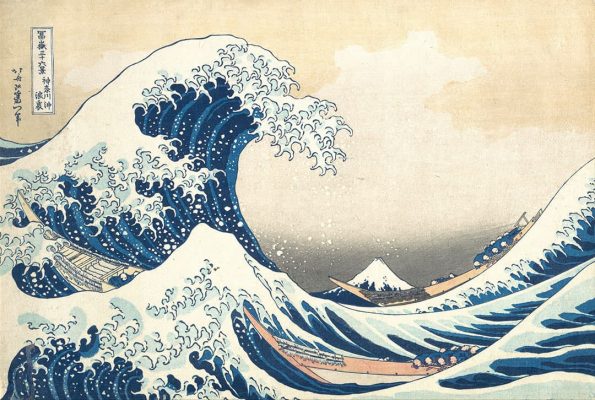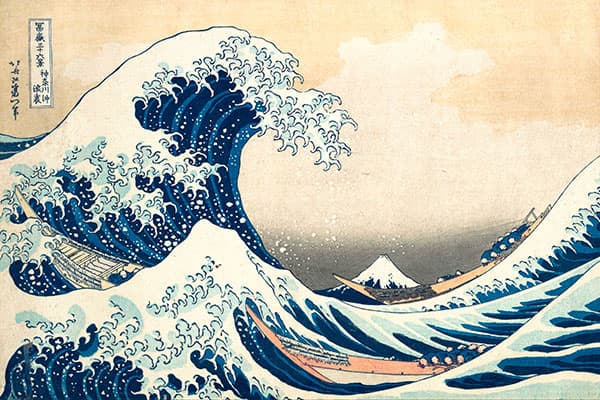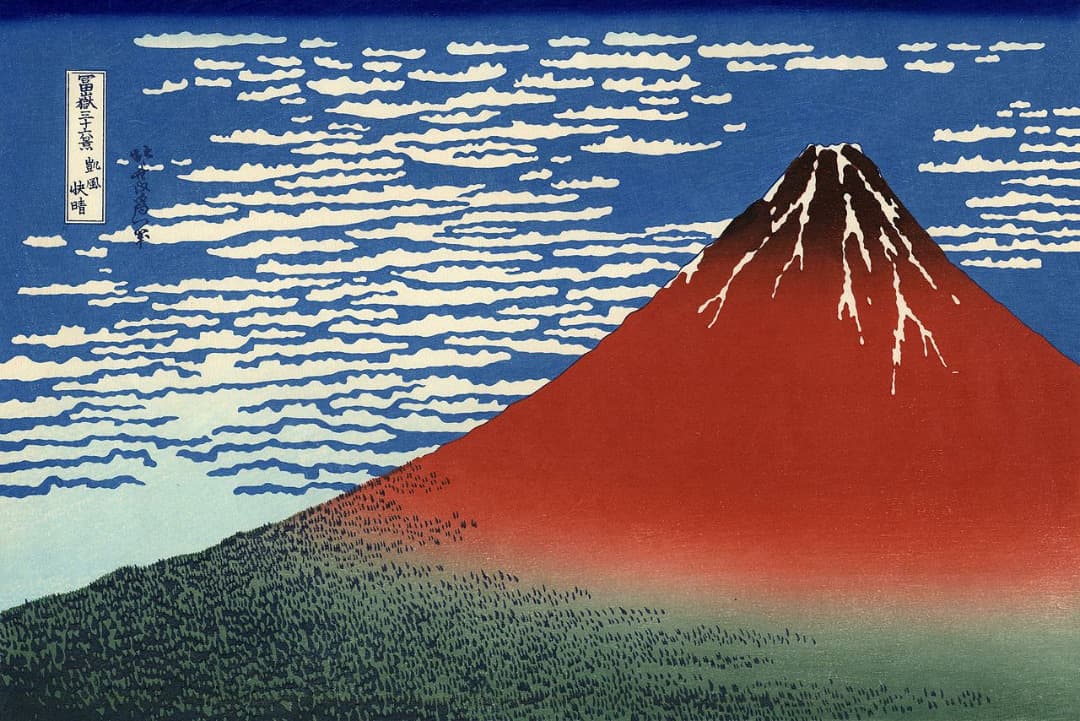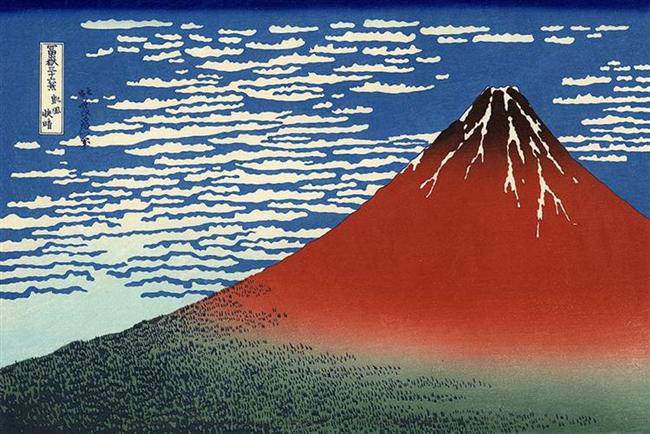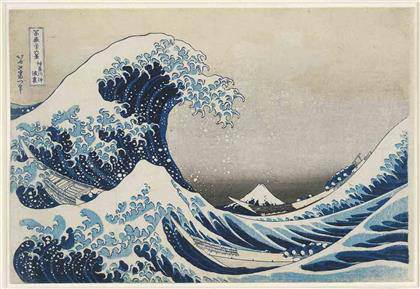Hokusai
“Hokusai is not just one artist among others in the Floating World. He is an island, a continent, a whole world in himself…”
Edgar Degas
Of all the great masters of the Ukiyo-e school of the Edo period, none was as important and infuential as Hokusai, a long-lived, courageous and prolific artist, creator of works that today are iconic both in his native Japan and in Europe, which decisively influenced artists such as Vincent van Gogh or Claude Monet, so it can be said without fear of being wrong that Hokusai’s art had a remarkable importance in the development of the avant-garde of the twentieth century.
Imagen: Katsushika Hokusai: “Self portrait at the age of eighty-three”
Hokusai, whose real name was Tokitaro, was born in 1760 near Edo, today’s Tokyo. As a teenager he worked in a printmaking workshop, where he learned the technique of woodcut. At the age of nineteen, the young Hokusai was already exhibiting his works under various pseudonyms. It was not until 1797 that he adopted -more or less permanently- the name Hokusai.
This was the beginning of what is considered to be the artist’s mature period. Hokusai’s work covers an enormous variety of subjects: from illustrated books with poems to portraits, including erotic works. In the words of Kathleen Krull, “a born showman, Hokusai attracted attention by staging public performances of his art” (Kathleen Krull, “Lives of the Artists”, 1995). In 1817, Hokusai saw his fame increase dramatically when he painted his live painting of the “Great Daruma“, an 18 x 11 meter work that was unfortunately destroyed during World War II. As impressive as this work could have been, it is even more astonishing to learn that, some 13 years earlier, Hokusai had painted a similar but much, much larger work, of which little is known today.
Katsushika Hokusai: “Red Fuji”, c.1826-31. Print. 25,7 × 38 cm ·· Katsushika Hokusai: “The Great Wave off Kanagawa,”, 1830-33. Print. 25,7 × 38 cm
At around the age of seventy, Hokusai produced what is probably his greatest work: his series of “Thirty-six views of Mount Fuji“, a series of prints including such famous works as “Red Fuji” and, above all, “The Great Wave of Kanagawa“, chosen by theartwolf in 2006 as one of the 50 masterpieces of painting. This series was followed by “One Hundred Views of Mount Fuji“, a series of monochrome works, in contrast to the vivid colors used in the previous series.
Katsushika Hokusai died in 1849, at the age of 88. He continued to paint until the end of his life, as evidenced by the fact that his “Tiger in the Snow” dates from the same year of his death. Shortly before his death, Hokusai is said to have written that “if heaven had granted me five more years, I could have become a real painter.”
Hokusai’s works, along with those of other artists of the Ukiyo-e school, reached Paris in the second half of the 19th century, and were admired by artists such as Van Gogh, who wrote to his brother and dealer Theo: “all my art is in a sense based on Japanese art“.
G. Fernández · theartwolf.com
More about Hokusai
Follow us on:

